
When most of us hear the name P.T. Barnum, we automatically think of the circus and “The Greatest Show on Earth.” But many years before P.T. Barnum’s Grand Traveling Museum, Menagerie, Caravan, and Circus made its debut in 1870 — and 40 years before he partnered with James A. Bailey – Phineas Taylor Barnum rose to fame with a very large collection of artificial and natural curiosities from around the world that he displayed at his American Museum on the corner of Broadway and Ann Street in New York City.
Part I: The American Museum at Broadway and Ann Street
The history of the American Museum and the land on which it occupied is fascinating, albeit complex. In this three-part story, I’ll introduce you to the history of the museum and the famous corner at Broadway and Ann Street, and tell you the story of the whales and mammals who were occupying the museum on the day it burned down in one of the most spectacular building fires in the history of New York City.
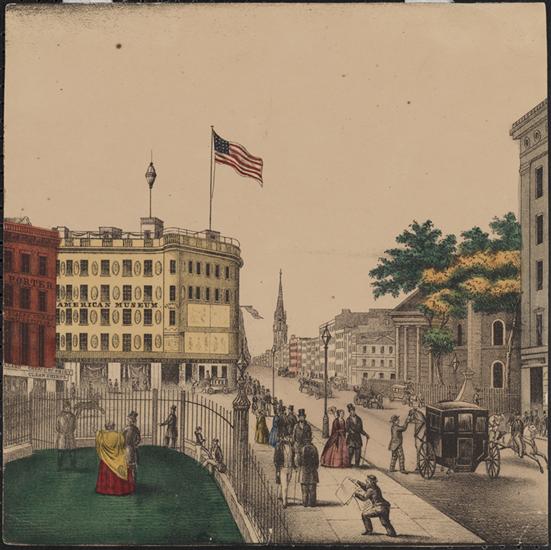
Our story begins in May 1791, when John Pintard, Jr., a Tammany organizer and founding father of the New York Historical Society, was authorized to use the back parlor in the old City Hall on Wall Street (Federal Hall) for “An American Museum under the patronage of the Tammany Society or Columbian Order.” (Formed just two years earlier, following the inauguration of George Washington, the Tammany Society was a social rather than political organization then.) Pintard was named secretary and Gardiner Baker was named keeper of the collection.
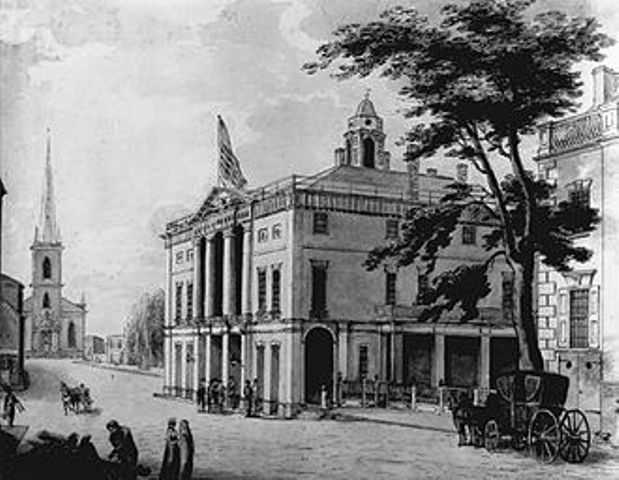
Established for the purpose of “… collecting and preserving whatever may relate to the history of our country and as well display all curiosities of nature and art,” the Tammany Museum — better known as the American Museum — was originally limited to Tammany members and their families. Eventually, the museum was opened to the public on Tuesdays and Fridays. The entrance fee was two shillings (about 25 cents).
Shortly after it was established, the collection was moved to 57 King Street. Then in 1793, it was moved again to a large room (30 x 60 feet with a 20-foot-high arched ceiling) on the second floor of the Royal Exchange Building on Broad street.
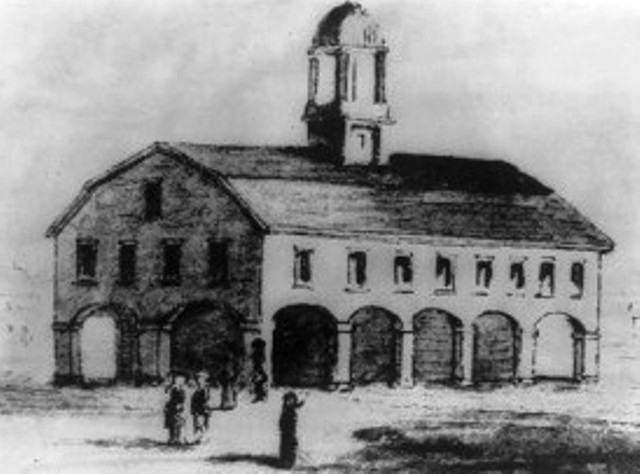
In 1795, following Pintard’s departure, the Tammany Society relinquished control of the collection to Gardner Baker. Seeking to diversify from the Americana theme — and hoping to boost ticket sales to fund his museum — Baker added relics from Africa, China and India, as well as wax figures, preserved animals, and freakish curiosity items. He later added a menagerie to the collection, which featured a live mountain lion, raccoons, groundhogs, birds, and snakes (this was one of the city’s very first permanent animal exhibition).
Following Baker’s death from yellow fever in 1798, the collection was purchased by William I. Waldron, a grocer who unsuccessfully tried to sell it at auction. Four years later, the museum was sold to Edward Savage, a painter, inventor, and showman who owned an art gallery called the Columbian Gallery at 80 Greenwich Street.
Savage combined the holdings of his gallery and the museum and named it the Columbian Gallery of Painting and City Museum. The combined institution opened on May 11, 1802. Soon thereafter, Savage hired John Scudder, a 26-year-old taxidermist, to oversee the museum collection.
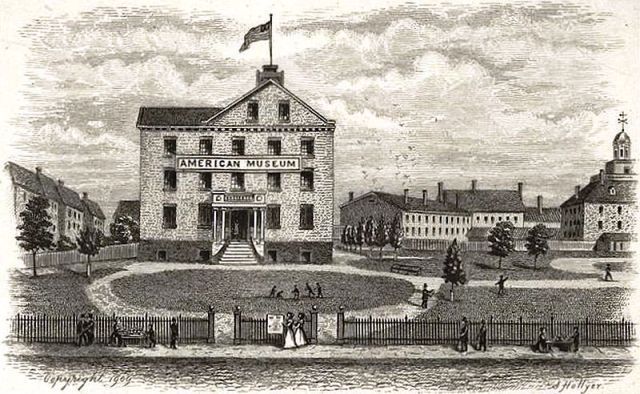
Determined to make the museum collection his own, John Scudder took a job as a seaman and saved enough money over the years to purchase the collection in 1809. He moved the museum to 21 Chatham Street in March 1810 and expanded it to include shells, fossils, and wax sculptures of events in history and literature.
In 1816, when residents of the city’s second almshouse in City Hall Park were moved to Bellevue Hospital, Scudder was given the opportunity to display his collection on the second floor of the building — which had been renamed the New York Institute for the Promotion of Arts and Sciences — where it continued to grow until the American Museum took up four large rooms.
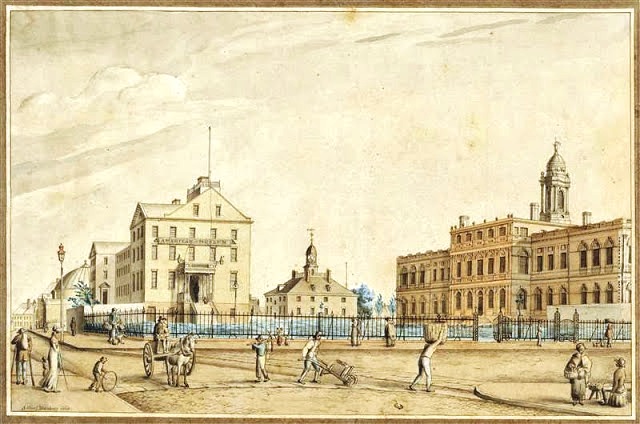
Following John’s death on August 7, 1821, five museum trustees (including John Pintard) took over the collection until Scudder’s only son, Dr. John Scudder, was ready to take charge in 1826 (John wanted to be a doctor, and although he dropped out of medical school in 1825, most people still called him Dr. Scudder).
The story gets long and confusing here — Dr. Scudder was reportedly an alcoholic who was deemed incompetent by his sisters — but he was a good showman, and under his management, the museum thrived for several years.
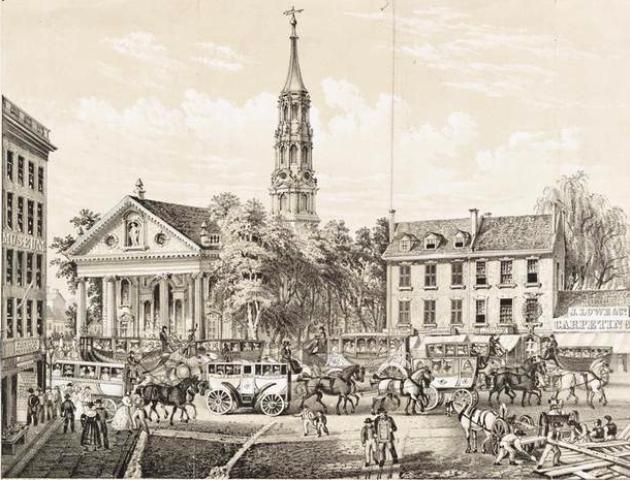
In December 1830, Dr. Scudder took a big gamble by moving the museum from the New York Institute in City Hall Park to a brand new marble behemoth on Broadway and Ann Street. A year later, though, things began going downhill when Dr. Scudder reportedly got into a drunken brawl and was subsequently fired by the museum trustees.
The cholera outbreak of 1832, the Great Fire of 1835, and the financial panic of 1837 nearly drove the museum into complete financial ruin. Dr. Scudder’s sisters brought their despised brother back to manage the museum again, but by 1841 they were all fed up and desperate and ready to sell.
On May 11, 1841, the entire collection was sold to P.T. Barnum, who made arrangements with Francis Olmstead to lease the building for $3000 a year. Barnum opened his new American Museum on December 27, 1841.
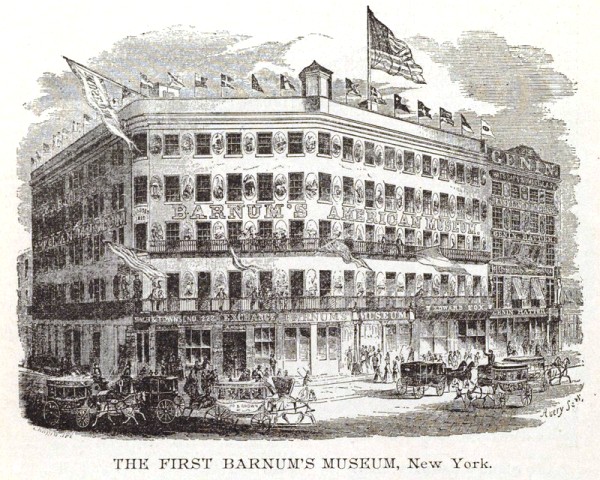
In 1842, at the age of 32, P. T. Barnum purchased the entire contents of Rubens Peale’s Museum at 252 Broadway. In 1850 he expanded again by purchasing the large Peale collection in Philadelphia (Charles Wilson Peale, Rubens’ father, was founder of the Philadelphia Museum). By 1865, Barnum had more than doubled the size of the American Museum.
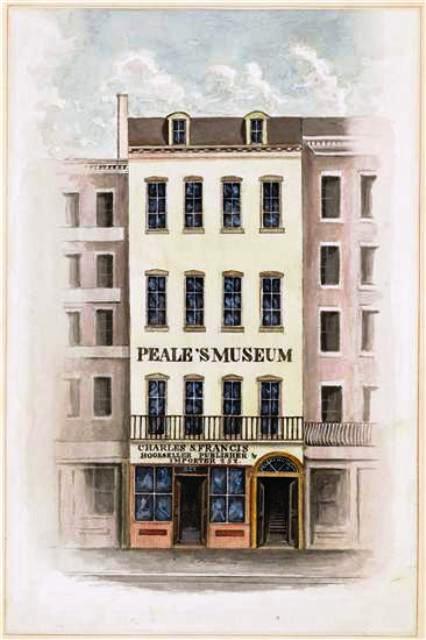
As The New York Times reported on July 14, 1865:
Probably no building in New-York was better known, inside and out, to our citizens than the ill-looking ungainly, rambling structure on the corner of Broadway and Ann-streets, known as the American Museum, where for more than twenty years Mr. BARNUM has furnished the public with a wonderful variety of amusements.
Here he has exhibited all the remarkable curiosities which money and enterprise could procure, or ingenuity invent. A model of Niagara Falls operated by a steam-engine; the Feejee mermaid, made up of the head and body of a monkey and the tail of a fish; the diorama of the removal of the remains of NAPOLEON I. From St. Helena to Paris; the happy Family, the “What Is it?” the Lightning Calculator, the hippopotamus, whales, alligators, baby shows, dog shows, prize poultry, and ten thousand other objects of curiosity, formed at various times the objects of popular attraction, and achieved for Mr. BARNUM a success which probably exceeded even his most sanguine expectations.”
Continue this story: Part II: The History of the Famous Corner at Broadway and Ann Street


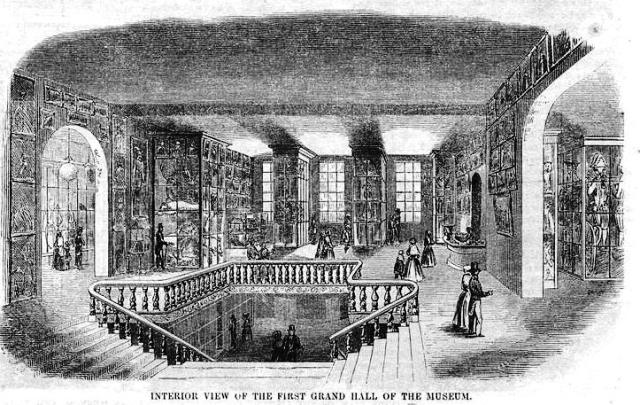
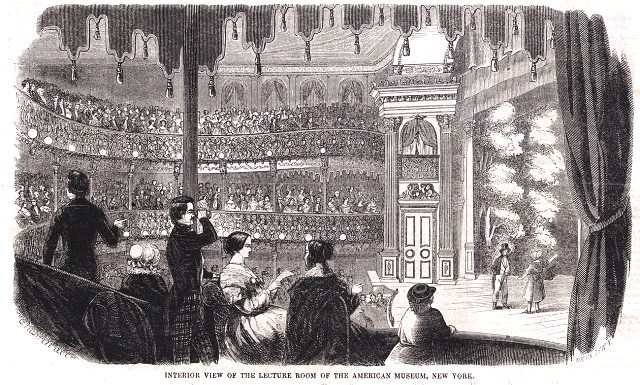


What a history behind Barnum and Bailey – thankfully finally returning elephants to their natural habitat in 2018.
[…] 1865: P.T. Barnum’s Menagerie at the Corner of Broadway and Ann Street, Part I […]
[…] 1865: P.T. Barnum’s Menagerie at the Corner of Broadway and Ann Street, Part I […]
[…] 1865: P.T. Barnum's Menagerie at the Corner of Broadway and Ann Street, Part I […]
[…] took place at George B. Bunnell’s New American Museum on the Bowery (not to be confused with P.T. Barnum’s old American Museum on Broadway, which burned down in […]